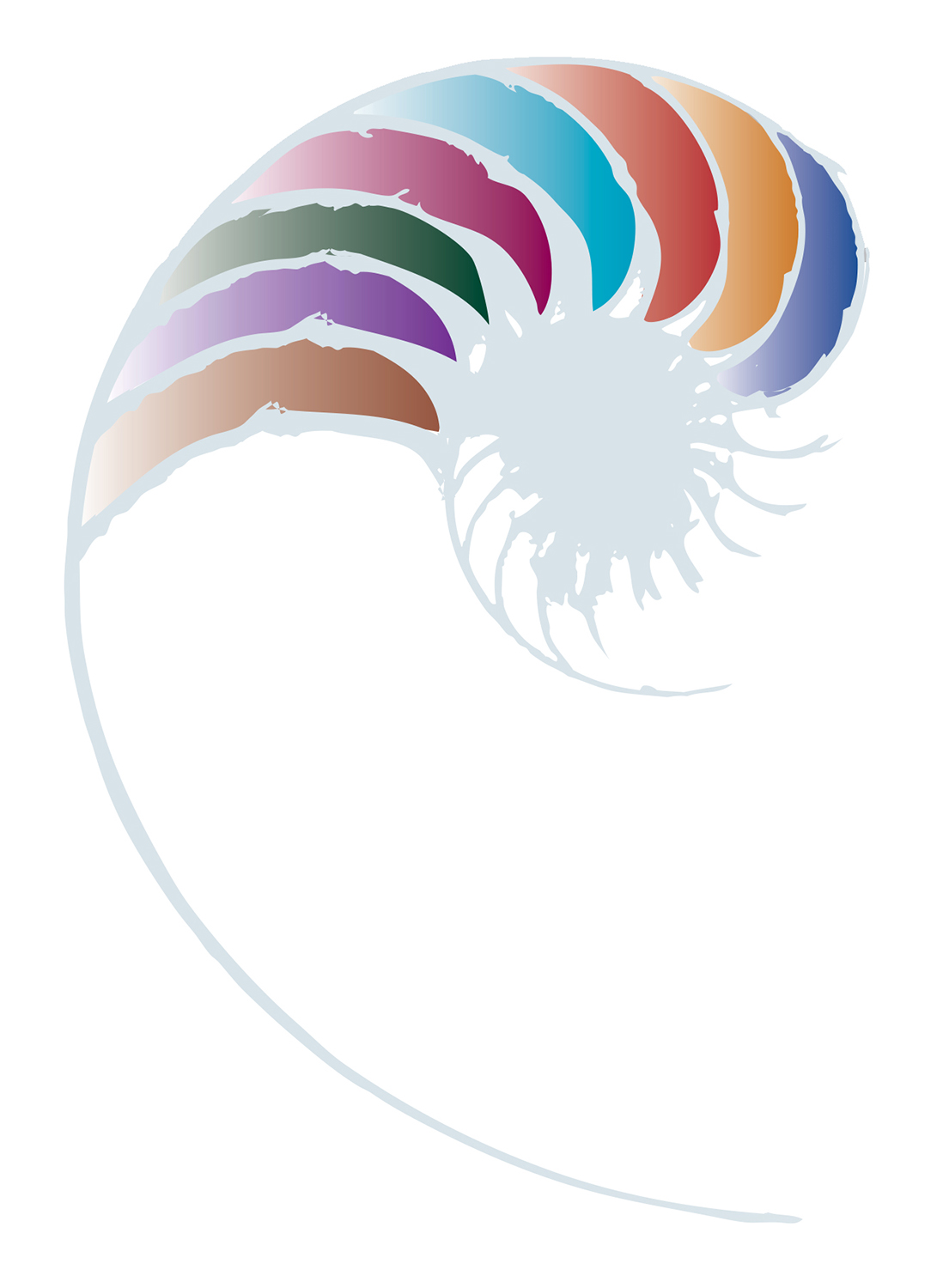Ngākau māhaki
Grace is her gift
A story of practice where whānau use a holistic approach, supported by the Te Whatu Pōkeka framework and the traits of Māui to recognise and nurture giftedness.

Key points
- Tamariki are surrounded by the strengths of their ancestors.
- Whānau aspirations are present throughout the day.
- Kaiako use the traits of Māui to recognise and nurture giftedness.
At Karanga Mai Early Learning Centre in Kaiapoi, North Canterbury, kaiako regard themselves as part of the hapori of tamariki, whānau, and hapū. They work intergenerationally with parents, grandparents, and whānau to nurture te ao Māori world view of giftedness. As Nat Hape, Kaiwhakahaere, says, “Tamariki do not come to us in isolation; they arrive at Karanga Mai embraced by the strengths, skills, and gifts of their ancestors—Ehara taku toa i te toa takitahi, engari he toa takitini—an embodiment of the mana of their tīpuna.”
One of the special characteristics of early learning centres that are attached to teen parent units is that whānau, usually the young mothers, are available alongside kaiako and tamariki throughout the day. Often, the mothers are still living with their mātua (parents) or other members of their whānau. This offers many opportunities to unpack the gifts of tamariki with grandparents or great-grandparents at home. “Whānau, in the fullest sense of the word, are nurtured holistically at Karanga Mai," Nat says.
Recognising the gifts tamariki bring
Kaiako believe that all tamariki arrive full of potential and stand with mana. They recognise children’s gifts in numerous ways. For them, it’s not just about curriculum areas; it’s a holistic approach, supported by Te Whatu Pōkeka and the characteristics of Māui.
Characteristics of Māui
- Mana: identity pride, inner strength
- Manaakitanga: caring, sharing, kindness, supporting others, being a friend
- Whakakata: humour, fun
- Whakatoi: cunning, trickery, cheekiness
- Pātaitai: testing, challenging, questioning, curiosity, exploring, risk-taking
- Māiatanga: confidence, self-reliance, self-assurance, leadership, perseverance
- Māramatanga: developing understanding, working through difficulty, lateral thinking
- Hononga: tuakana, teina, ako, whanaungatanga
Nat shared her experience of meeting a young kōtiro, Te Ataraupo, who was almost three years old at the time. Nat says, “Her ngākau māhaki, her graciousness, was immediately apparent. We could see how she fit in effortlessly, supporting others with manaaki aroha to join in. Her depth and breadth of empathy was striking. We felt she was an old soul; her wairua is such that you know her tīpuna sit at her shoulder guiding her.”

Putting professional learning into practice
Around the time Te Ataraupo started, the kaiako were participating in some Ministry of Education professional learning and development that focused on te ao Māori notions of giftedness. A series of webinars plus mentoring enabled the kaiako to explore notions of giftedness using the traits of Māui.
See Te Whatu Pōkeka as well as other frameworks like Mana Tū, Mana Ora.
A section from Mana tū, mana ora by Pita and Claire Mahaki resonated:
A child educated to be strong in their own identity stands as a chief on the land.
Tamariki gifted in Rangatiratanga:
- have mana amongst their peers
- are visionary and strategic thinkers; their opinions are sought, valued, and considered
- stand up for their beliefs and values sometimes against adversity
- inspire and motivate others to work for the common good
- show initiative and motivation; see beyond the obvious to recognise what needs to be done
- often have the mandate from the group as the spokesperson
- can reflect and present controversial ideas with respect. [end quote]
Many of these characteristics aligned with their observations of Te Ataraupo’s gifts and affirmed their worldview of te ao Māori. Nat says, “Te Ataraupo led us, as kaiako, into some deep, deep kōrero and increased our knowledge of what giftedness means. She has an ability to think strategically about what is going on around her. This means she is often seen nurturing others (tuakana and teina) as they navigate their pathways through routines, rituals, and special events, such as Matariki, or welcoming manuhiri.”
Sharing giftedness knowledge with whānau
Sharing their observations of Te Ataraupo’s humility and graciousness created opportunities for kaiako to introduce indigenous beliefs about giftedness into their kōrero with whānau.
These talks revealed stories about Te Ataraupo’s tīpuna, who had the same gifts. Kaiako could see how these gifts lived on in Te Ataraupo, strengthening intergenerational ties and bringing to life the whakatauakī, Tū mai e moko. Te whakaata o ō matua. Te moko o ō tīpuna. (Stand strong, o moko. The reflection of your parents. The blueprint of your ancestors.) As Nat commented, “For us, it is all about te ao Māori. We live and breathe what we do in our hapori where tamariki and whānau are nurtured in te ao Māori – and whānau includes our tīpuna.”

Questions to think about
- In te ao Māori, all children are gifted. How do you ensure you recognise this?
- What can you do, as kaiako, to nurture children’s gifts?
See Materials that come with this resource to download:
- Identifying and providing for gifted Māori learners (.pdf) APEX, 15(4), 6-20, Bevan-Brown, J.M. (2009)
- Mana tū, mana ora characteristics Māori Giftedness (.pdf) Mahaki, P., & Mahaki, C. (2007)
Te Whatu Pōkeka. Kaupapa Māori assessment for learning. Early childhood exemplars
Ministry of Education, (2009). Wellington, NZ. Learning Media.
Learning support action plan
Retrieved from Strenghtening learning support - Ministy of Education, (2019).
Kua kite rānei koe?
About this resource
A story of practice Karanga Mai Early Learning Centre in Kaiapoi, North Canterbury, where whānau use a holistic approach, supported by the framework of Te Whatu Pōkeka and the traits of Māui to recognise and nurture giftedness.





